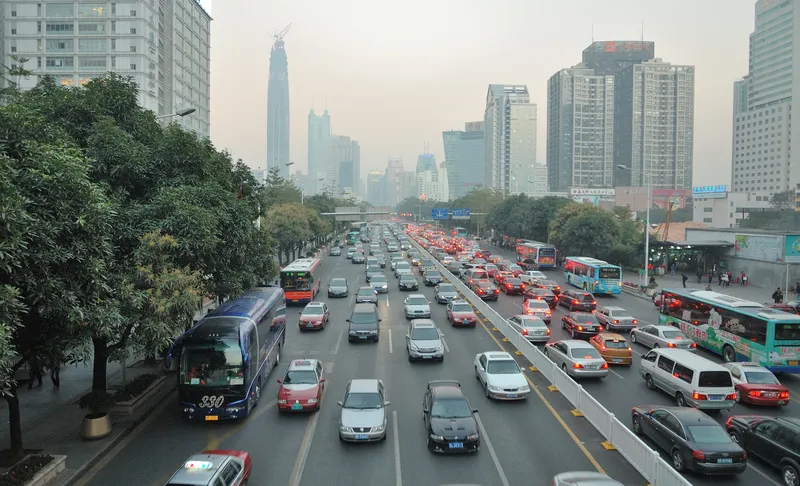The US Department of Transportation has made US$199 million in competitive grant funding for positive train control (PTC) implementation. The grants, which will be selected by the Federal Railroad Administration (FRA) and awarded and administered by the Federal Transit Administration (FTA), will help commuter railroads implement PTC, which prevents accidents and saves lives.
FRA will accept applications until 5 pm EDT on 28 Sept. 28ember. Projects eligible for grants must develop information that ass
July 29, 2016
Read time: 2 mins
The 324 US Department of Transportation has made US$199 million in competitive grant funding for positive train control (PTC) implementation. The grants, which will be selected by the Federal Railroad Administration (FRA) and awarded and administered by the Federal Transit Administration (FTA), will help commuter railroads implement PTC, which prevents accidents and saves lives.
FRA will accept applications until 5 pm EDT on 28 Sept. 28ember. Projects eligible for grants must develop information that assists in implementing PTC systems, such as costs of installing PTC systems; back office systems; PTC interoperability; technologies that will lower costs, accelerate implementation, enhance interoperability between host and tenant operations, and improve reliability of PTC systems; and support PTC system certification.
Eligible applicants include any entity that is eligible to receive grants from the FTA, such as commuter railroads, operators, and state and local governments.
PTC technology can prevent certain train-to-train collisions, over-speed derailments, incursions into established work zones, and trains routed to the wrong tracks because a switch was left in the wrong position.
FRA will accept applications until 5 pm EDT on 28 Sept. 28ember. Projects eligible for grants must develop information that assists in implementing PTC systems, such as costs of installing PTC systems; back office systems; PTC interoperability; technologies that will lower costs, accelerate implementation, enhance interoperability between host and tenant operations, and improve reliability of PTC systems; and support PTC system certification.
Eligible applicants include any entity that is eligible to receive grants from the FTA, such as commuter railroads, operators, and state and local governments.
PTC technology can prevent certain train-to-train collisions, over-speed derailments, incursions into established work zones, and trains routed to the wrong tracks because a switch was left in the wrong position.










